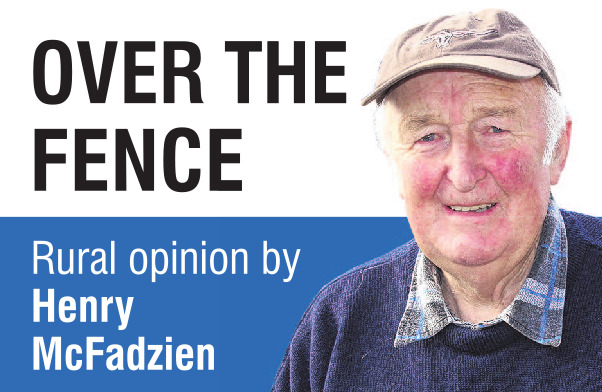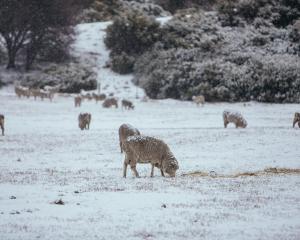
They are usually triggered by different circumstances, and arrive without much warning, and last longer than economists estimate.
My parents survived the Great Depression of the 1930s caused by the United States Wall Street Crash of 1929.
In New Zealand, export prices fell by 45% and in 1933 23% of the workforce were unemployed. My father was a shearer and was paid £1 a hundred sheep shorn. The slump, as it was sometimes called, lasted for six years in New Zealand and I believe those tough times psychologically affected my parents and many of their generation. They were extremely frugal, very thrifty and we were lectured the rainy day may come again.
In a lesser form it did come again in 1984, four years after Audrey and I started on our own account. Government support was 30% of the output from farming. There were subsidies for land development, fertiliser and price stability despite falling international prices and a livestock scheme which increased the national flock from 56million in 1973 to 70million in 1984.
This was the Muldoon era when the economy was heavily regulated; exchange rates, interest rates and wages were controlled by the government. With the dollar overvalued by 20% it led to a financial crisis. When National lost the 1984 general election, Labour’s minister of finance Roger Douglas immediately devalued it. His next budget removed farm subsidies without warning, and with farmers budgeting on them as guaranteed income the results were severe. Bankrupt farms were common.
Some farmers sold while they still had some equity, interest rates peaking at 23% in 1987. Unemployment in 1992 had risen to 10.3%.
The present generation is suffering from the effects of the Covid lockdown beginning in 2020 affecting industries across the country. Agriculture has suffered from disruptive costly supply and import chains, farm labour shortages, 13% off-farm inflation and less consumer demand for our produce.
Signs are pointing to New Zealand coming out of the recession — the latest dairy auction, deer, horticulture and beef sectors are looking brighter, but sheep meat is lagging with 25% of farmers showing a loss last year.
My advice is hang in there! Audrey and I cut back on fertiliser to stay in the black but when prices stabilised again, we couldn’t take full advantage of them because the farm needed the pH built up again, but we kept the farm.










